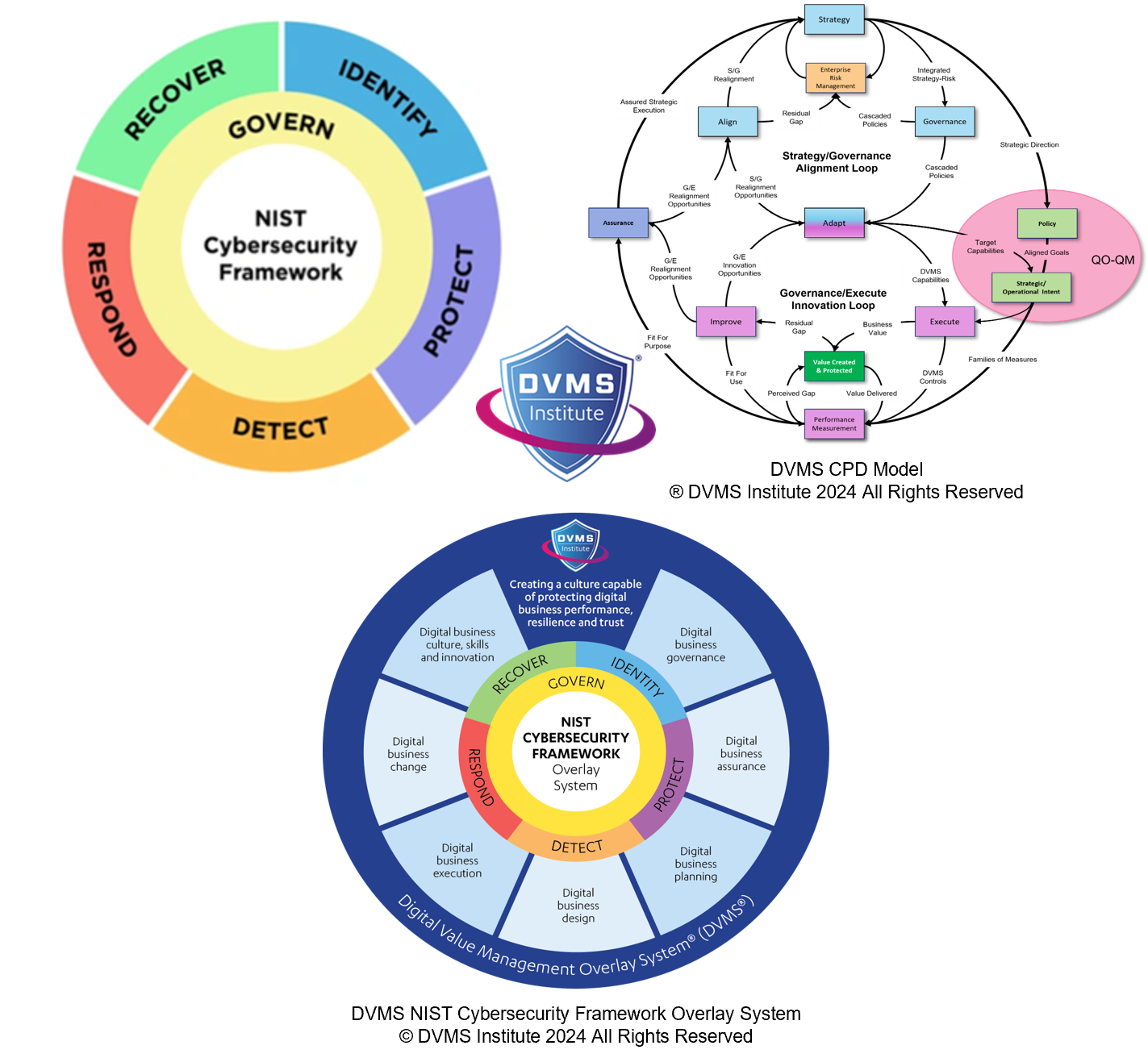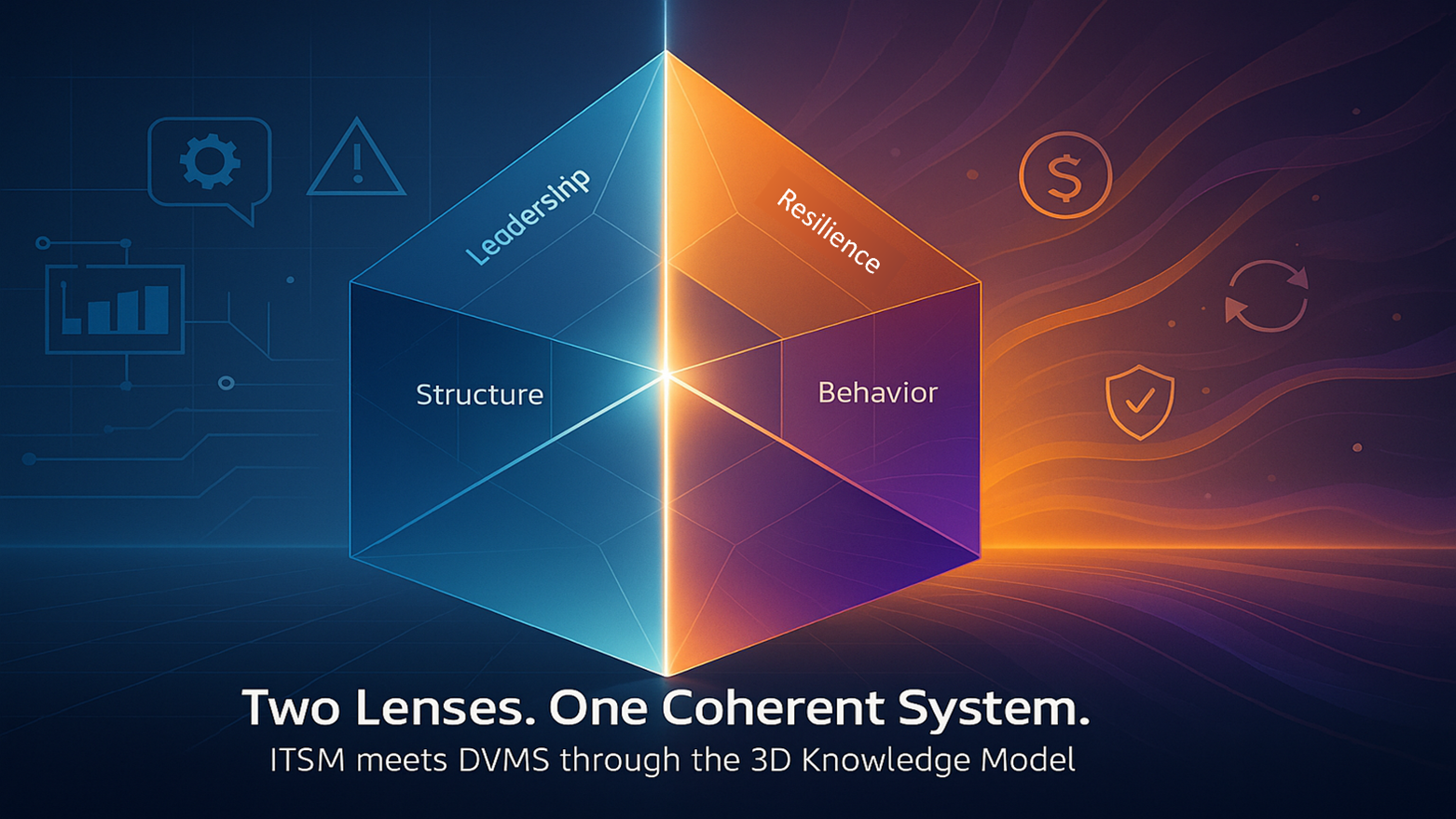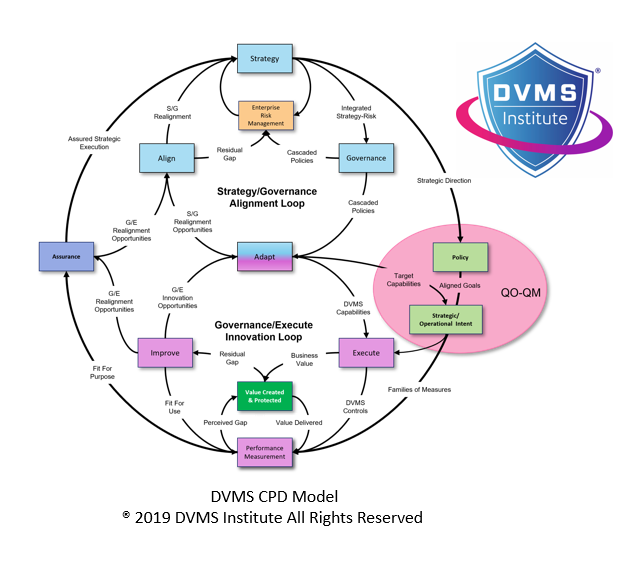Five critical aspects of a 21st-century digital enterprise.
Thousands of articles and social media posts tell us about today’s cybersecurity reality. Some of those articles go on to share different ways to solve today’s cybersecurity problem. Yet, a thriving publication called Data Breach Today seems to indicate that the plethora of advice hasn’t moved the needle much on the state of cybersecurity. Perhaps cybersecurity isn’t the problem.
The well-known systems analyst Donella Meadows published a paper in 1997 that talked about the understanding and application of leverage in complex adaptive systems. When you look at the digital enterprise and the digital ecosystem it supports today, it quickly becomes apparent that trying to “fix” cybersecurity is like moving a boulder with a spoon. Cybersecurity is not the problem that needs to be fixed; it’s the digital enterprise’s capability to manage its digital business risk, with cybersecurity only playing a small part.
Meadows went on to say that changing how the organization changes will require it to step outside its current paradigm or worldview and imagine a different mental model that better addresses today’s reality.
Digital Value Management System
Let’s start with a new mental model focusing on creating and protecting digital business value. That means that everything and everyone is organized in a way to create AND protect value, NOT create and THEN protect value. What changes when you do that? Well, everything.
Let’s start with strategies that are not just risk-informed but also risk-optimized to produce business objectives that create and protect value. This makes managing digital business risk a core mission-critical business driver. What are the results? First, managing digital business risk becomes a focus of the board, the executive team, and all of its stakeholders. Second, cybersecurity is subsumed into the more significant issue of digital business risk, and artificial siloes that separate the board, the executive suite, IT, and the CISO no longer exist. And third, it results in a culture change that changes how the organization expresses its worldview. Now everyone “walks the walk.”
The Four Aspects of Innovation
How can an organization effectively reinvent itself overnight? Well, the short answer is it can’t. The longer answer requires understanding how the DVMS CPD™ model Innovate capability enables organizations to adapt to a new paradigm. Innovate is a core organizational capability that enables the organization to correctly identify and apply the right amount of leverage to deliver the desired changes to business outcomes. The result is a digital enterprise capable of responding to its internal needs, external requirements, and dynamic threat landscape.
The model uses the four aspects of innovation to make incremental changes to its existing capabilities, substantial or sustaining changes for more changes that require more than an incremental adjustment, adaptive changes to strategic policies, and disruptive changes to the overall organizational strategy.
The Digital Ecosystem and Digital Trust
Today’s digital enterprise exists in a digital ecosystem. That means it must know what ecosystem members are doing relative to its internal needs, external requirements, and threat landscape. Today everyone is a supplier, consumer, or provider simultaneously. All are digitally connected. This kind of connectivity and interdependencies can only exist in the context of digital trust. Consider your digital footprint and the trust you give to digital enterprises that help you manage your finances, health, work, and browsing interests. Could the digital enterprise exist without trust? Digital trust is easy to understand but difficult to achieve using 20th-century solutions. The DVMS operating system provides the digital enterprises with an actionable approach to achieving digital trust.
Change as an Organizational Capability
Digital evolution is happening continually, and digital transformation represents specific instances where the enterprise chooses to leverage digital assets to achieve a desired business outcome. It’s not any more complicated than that. However, history is littered with the bones of failed enterprises that couldn’t operate and change simultaneously. W. Edward Deming said, “You don’t need to change – your survival is not mandatory.” Creating, protecting, and delivering digital business value represents a seminal decision for the digital enterprise. Futurist Joel Barker notes, “When paradigms shift, everyone returns to zero.” A paradigm shift such as creating, protecting, and delivering digital business value is a disruptive event for any organization. The DVMS Z-X™ Model is a set of organizational capabilities that represent the minimum viable capabilities needed to create, protect, and deliver digital business value. The only thing that keeps it from becoming an extinction event is its capacity to adapt organizational capabilities to achieve the outcomes intended by the paradigm shift. Survival is a choice; the DVMS Z-X™ enables the organization to identify and close its performance gaps while continuing to operate.
Do Agile or Become Agile?
In 2020 the world changed, and the digital enterprise came face-to-face with its new, real-time imperative to adapt significant parts of its business to cope with a remote workforce and all its disruptions.
Some companies survived and thrived, while others became the walking wounded. Those that survived proved that organizations could change and operate simultaneously. The DVMS inherently enables any organization to become agile and resilient by enabling them to work ON its systems while working IN those systems.
Start Where You Are
James Burke, the science historian, wrote, “Maybe a good start would be to recognize within yourself the ability to understand anything, as long as it’s explained clearly enough. And then go and ask for explanations. And if you’re thinking ‘Well, what do I ask for?’ ask yourself if there’s anything in your life you want changed. That’s where to start.”
The only way to change today’s reality is to change the way we think about it. The DVMS is such a model that steps outside of current reality and imagines it differently, where value is created AND protected. Such a simple concept, yet it changes everything.
About the Author

Dave is the Executive Director of the DVMS Institute. The DVMS Institute’s mission is to teach organizations of any size, scale or complexity how to build a DVMS NIST Cybersecurity Framework Overlay System and Culture capable of mitigating cybersecurity risk to protect organizational digital performance, resilience and trust.
Dave’s role includes working with the industry’s leading practitioners in risk management, service management, project & program management, cybersecurity, assurance, and business leadership to produce industry-leading guidance and programs to enable organizations to survive and thrive in a digital business world.
Dave spent his “formative years” on US Navy submarines. There, he learned complex systems, functioning in high-performance teams, and what it takes to be an exceptional leader. He took those skills into civilian life and built a successful career leading high-performance teams in software development and information service delivery.
® DVMS Institute 2024 All Rights Reserved




